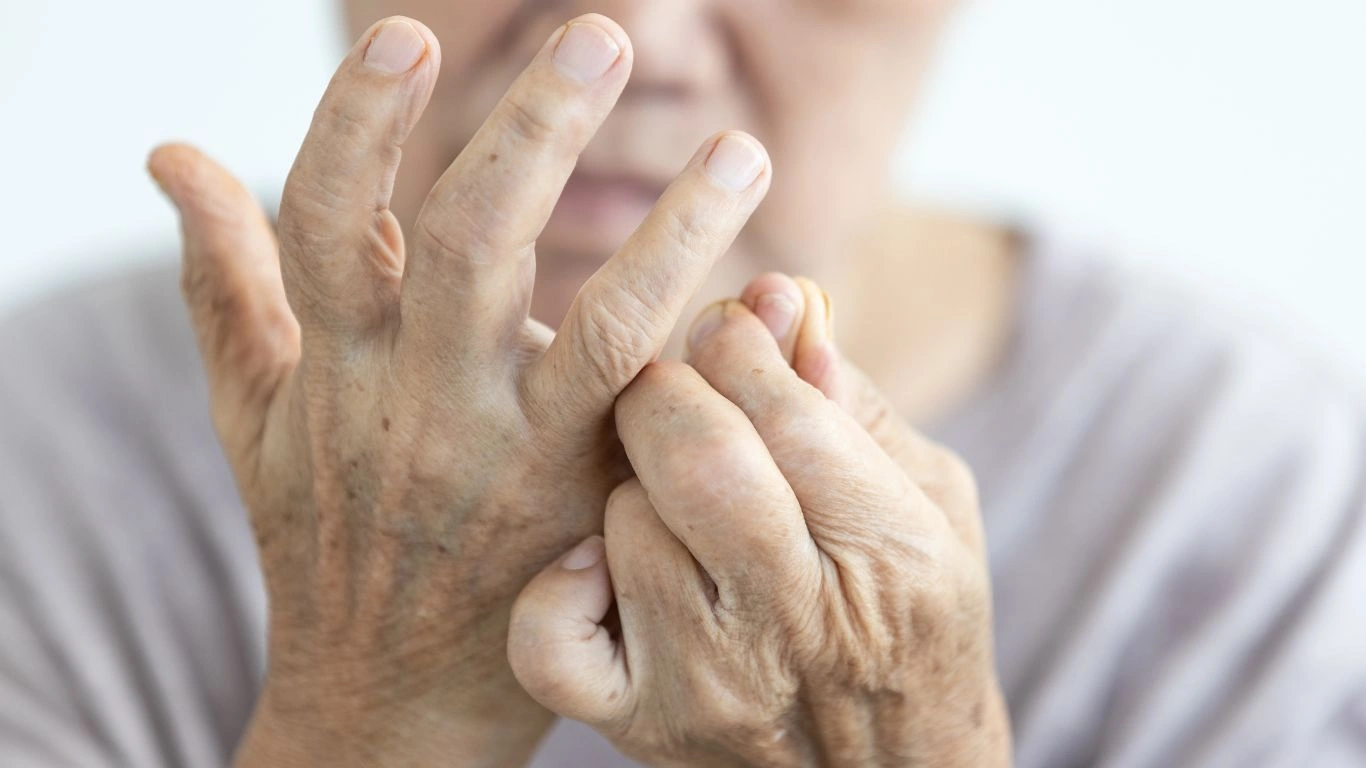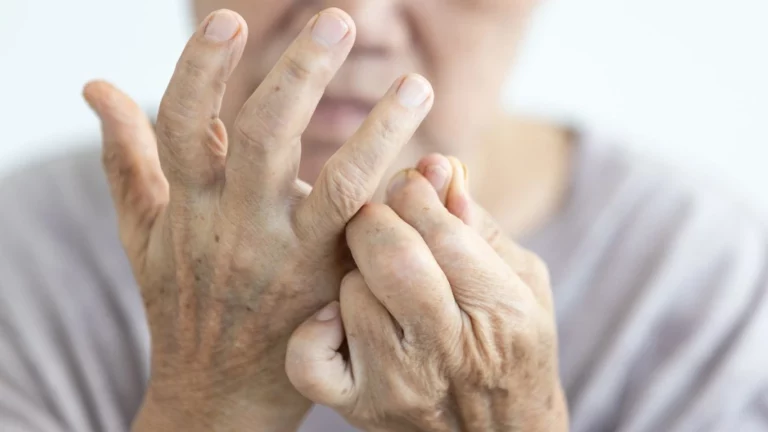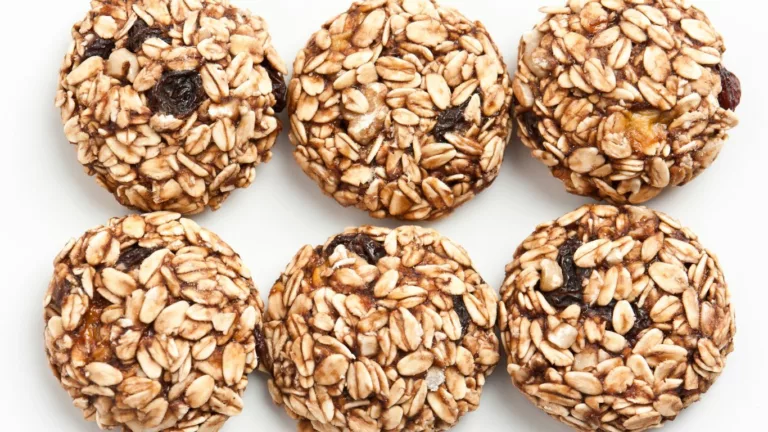Why Hydration Is a Game-Changer for Rheumatoid Arthritis Joint Pain
As a Rheumatology Nurse Practitioner, I’ve spent years working closely with patients who suffer from rheumatoid arthritis (RA). One thing that constantly comes up in my practice is how little attention is paid to hydration and its impact on joint pain. Rheumatoid arthritis is a chronic autoimmune disease that causes inflammation in the joints, leading to pain, stiffness, and swelling. While medications and physical therapy are important aspects of managing RA, there’s one simple and often overlooked element that can make a big difference: hydration. In this article, I want to dive into why hydration is so crucial for managing joint pain, especially when it comes to rheumatoid arthritis. Trust me, staying hydrated might be one of the easiest ways to feel a little better each day—without having to add a single new medication to your routine.
How Dehydration Affects Your Joints
Let’s start by talking about what happens to your body when you’re not drinking enough water. It’s easy to think that dehydration just affects your energy levels or causes a dry mouth, but the truth is that dehydration can also have a significant impact on your joints. As someone who’s worked with RA patients for years, I’ve seen firsthand how dehydration can exacerbate joint pain and stiffness. But how exactly does this work?
1. Reduced Synovial Fluid Production
Our joints are lined with something called synovial fluid, which acts like a lubricant to help reduce friction and allow the joints to move smoothly. Think of it like motor oil for your joints. When you’re dehydrated, your body produces less synovial fluid, which can lead to more friction between the bones in your joints. This, in turn, can cause increased pain, inflammation, and stiffness—especially for someone dealing with rheumatoid arthritis.
2. Increased Inflammation
Another key factor to consider is how dehydration affects inflammation. As you may already know, inflammation is a major culprit behind joint pain in rheumatoid arthritis. Dehydration can actually worsen inflammation by causing your cells to become more sluggish and less efficient at carrying out their normal functions. This means your body may have a harder time dealing with the inflammatory processes that are already happening in your joints due to RA.
3. Poor Nutrient Delivery to Joints
Hydration isn’t just about water—it’s also about the nutrients that are transported through your bloodstream. When you’re properly hydrated, your body is better able to deliver important nutrients to your joints. These nutrients, including vitamins and minerals, help to repair damaged tissues and maintain joint health. Without adequate hydration, these nutrients may not reach the areas they need to, leaving your joints more vulnerable to damage and pain.
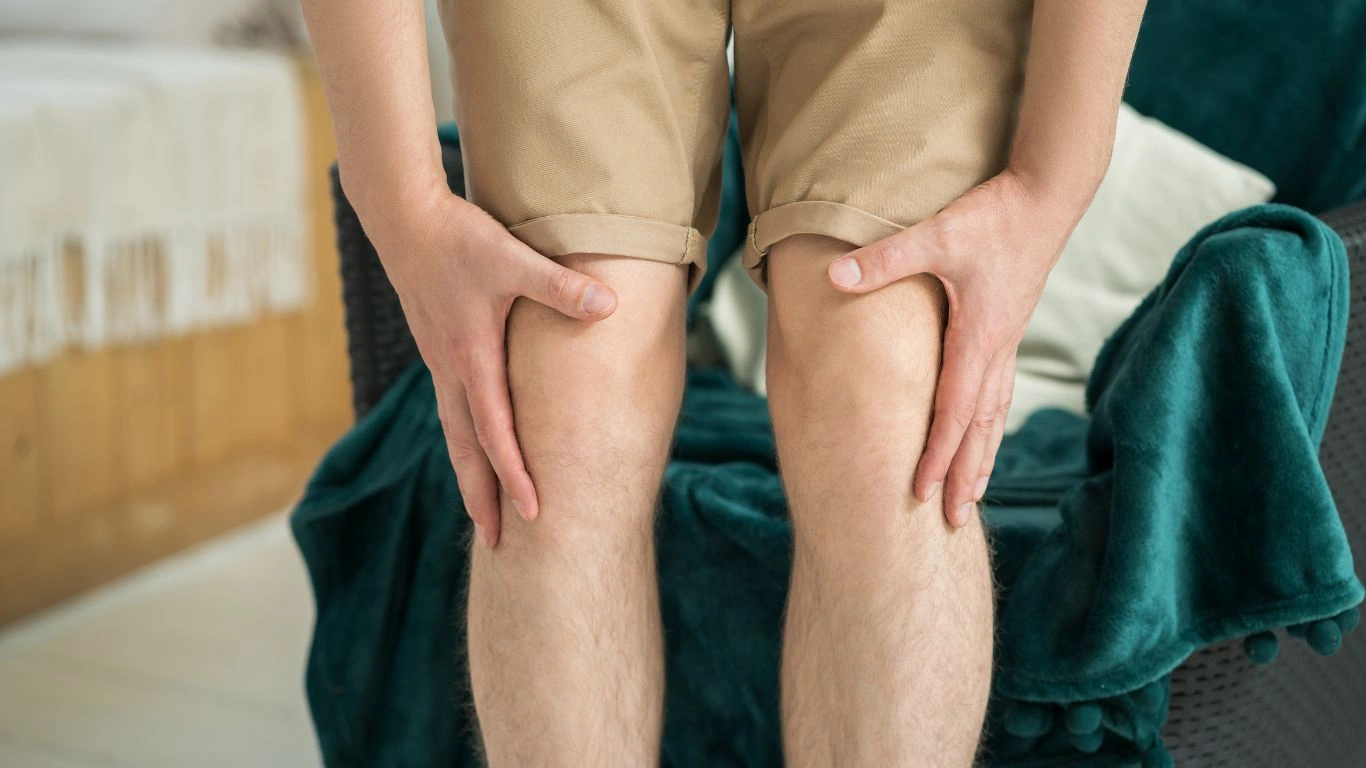
Signs You’re Not Drinking Enough Water
It’s not always obvious when you’re dehydrated. Sometimes, we go about our daily lives without even realizing that we’re not getting enough water. This is especially true for people who have a busy lifestyle, are on the go, or maybe just don’t feel thirsty often. But there are some signs you can look out for that may indicate you’re not hydrating as well as you should be.
1. Dry Mouth and Thirst
Most people associate thirst with dehydration, and for good reason. If you’re constantly feeling thirsty or have a dry mouth, it’s a clear sign that your body is asking for more water. Don’t ignore these signals!
2. Fatigue
If you feel more tired than usual, even after getting enough sleep, dehydration could be the culprit. Water helps carry oxygen to your cells, and when you’re dehydrated, your cells may not be functioning at their best, leaving you feeling sluggish and low on energy.
3. Dark Urine
Your urine is a great indicator of hydration. If you notice that your urine is dark yellow or amber-colored, this could mean you’re dehydrated. Ideally, your urine should be light yellow or clear. Dark urine is a sign that your body is holding on to water and is likely not getting enough.
4. Joint Pain and Stiffness
Of course, one of the most significant signs of dehydration for those with rheumatoid arthritis is increased joint pain and stiffness. If your joints are feeling more painful than usual, or if the stiffness is lasting longer than it typically does, dehydration could be exacerbating your symptoms. And the thing is, this is often preventable with just a little more attention to hydration.

Why Hydration Matters for RA Patients
If you’re living with rheumatoid arthritis, staying hydrated can actually become a form of self-care that can make a noticeable difference in how you feel on a day-to-day basis. I’ve seen many patients improve their joint mobility and reduce discomfort simply by drinking more water regularly. While hydration alone isn’t a cure for RA, it plays a critical role in managing symptoms and improving overall well-being. Here’s why it’s so important for RA patients specifically:
1. Eases Joint Stiffness
One of the hallmarks of rheumatoid arthritis is joint stiffness, which can be especially problematic first thing in the morning. Hydration helps by keeping the joints lubricated and allowing for better mobility. Even if you only notice a slight improvement, it’s worth incorporating more water into your routine. Over time, it can make a significant difference in your ability to move and stay active.
2. Supports Immune Function
Rheumatoid arthritis is an autoimmune disease, meaning the body’s immune system mistakenly attacks its own tissues. Proper hydration can help your immune system function more efficiently. When you’re dehydrated, your body may struggle to fight off inflammation and other immune system-related issues. By drinking enough water, you give your immune system the support it needs to manage the effects of RA more effectively.
3. Reduces the Risk of Complications
Chronic dehydration can lead to more serious health issues over time, including kidney problems, digestive issues, and even more severe joint complications. For someone with rheumatoid arthritis, reducing these risks is vital. Hydration helps flush toxins from your body, maintain your kidney function, and support healthy digestion—all of which are important for people living with RA.

Practical Tips for Staying Hydrated with Rheumatoid Arthritis
Now that we’ve covered why hydration matters for joint health, let’s dive into some practical tips on how to make hydration a regular part of your routine, especially if you’re dealing with rheumatoid arthritis. Trust me, as someone who has worked with countless RA patients over the years, I know that it can sometimes be difficult to keep track of something as simple as water intake—especially when you’re managing a chronic condition. But I’m here to tell you that it’s definitely worth the effort!
1. Set a Hydration Goal
One of the easiest ways to stay on track with hydration is to set a clear and achievable goal. For some people, that might mean drinking a certain amount of water by lunchtime, while for others, it might be having a specific number of water bottles in a day. I always tell my patients to start with a goal of at least 64 ounces (about 8 cups) of water a day and adjust it based on their needs. If you have a larger frame or are more physically active, you may need more. The key is to create a target that feels realistic and sustainable.
2. Carry a Reusable Water Bottle Everywhere
This might sound simple, but it’s one of the most effective ways to stay hydrated. If you have a water bottle with you at all times, it’s much easier to take sips throughout the day. Plus, it serves as a reminder that you should be drinking water, not just when you’re thirsty but also proactively. I’ve found that my patients who keep their water bottle close by are much more consistent in their hydration habits. Look for a bottle that fits comfortably in your bag, and don’t be afraid to pick one with time markers to track your progress throughout the day.
3. Use Hydration Reminders
If you struggle to remember to drink water, try setting reminders throughout the day. You can use your phone or a hydration tracking app, or even just set a timer every hour. Another tip that works well is associating water breaks with specific activities. For example, I’ve had some patients who drink a glass of water after every bathroom break or after every meal. This approach gives them a natural cue to hydrate without feeling like it’s something extra they need to force into their day.

What to Drink (Besides Water) for Better Hydration
While water is the gold standard when it comes to staying hydrated, it’s not the only option. Some people find it hard to get excited about plain water all the time, and that’s okay! The goal is to stay hydrated, so let’s look at a few alternatives that can support hydration and may even offer additional benefits for RA symptoms.
1. Coconut Water
Coconut water is a great alternative to plain water, especially for people who want a bit of flavor without the added sugars of most sports drinks. It’s naturally high in electrolytes, such as potassium, which can help balance hydration levels and support joint health. For patients with RA, it’s especially important to keep electrolyte levels in check, as dehydration can cause muscle cramps and exacerbate pain in the joints.
2. Herbal Teas
Herbal teas are another fantastic way to stay hydrated. Whether it’s a soothing chamomile tea or a more energizing peppermint tea, the possibilities are endless. I’ve found that my RA patients often enjoy herbal teas, particularly in the cooler months. They’re soothing and can even have anti-inflammatory properties, which may help reduce joint pain. Just be sure to avoid adding too much sugar or artificial sweeteners, as they can sometimes trigger inflammation.
3. Infused Water
If plain water feels too boring, try infusing it with fruits, vegetables, or herbs. Infused water adds flavor without adding calories or sugar. You can mix cucumber, lemon, or mint into your water for a refreshing twist. I know many patients who find that this simple change makes drinking water feel a lot less tedious, and it’s a fun way to get more hydration in your day!
4. Electrolyte-Rich Drinks
For those who are more physically active or who sweat a lot, electrolyte drinks (without added sugar) can help replenish minerals like sodium and potassium that are lost through sweat. These drinks can help support hydration and balance fluids, especially if you’re dealing with any muscle cramps or fatigue. Just make sure to choose drinks with minimal added sugars, as too much sugar can contribute to inflammation—something you definitely want to avoid with rheumatoid arthritis.
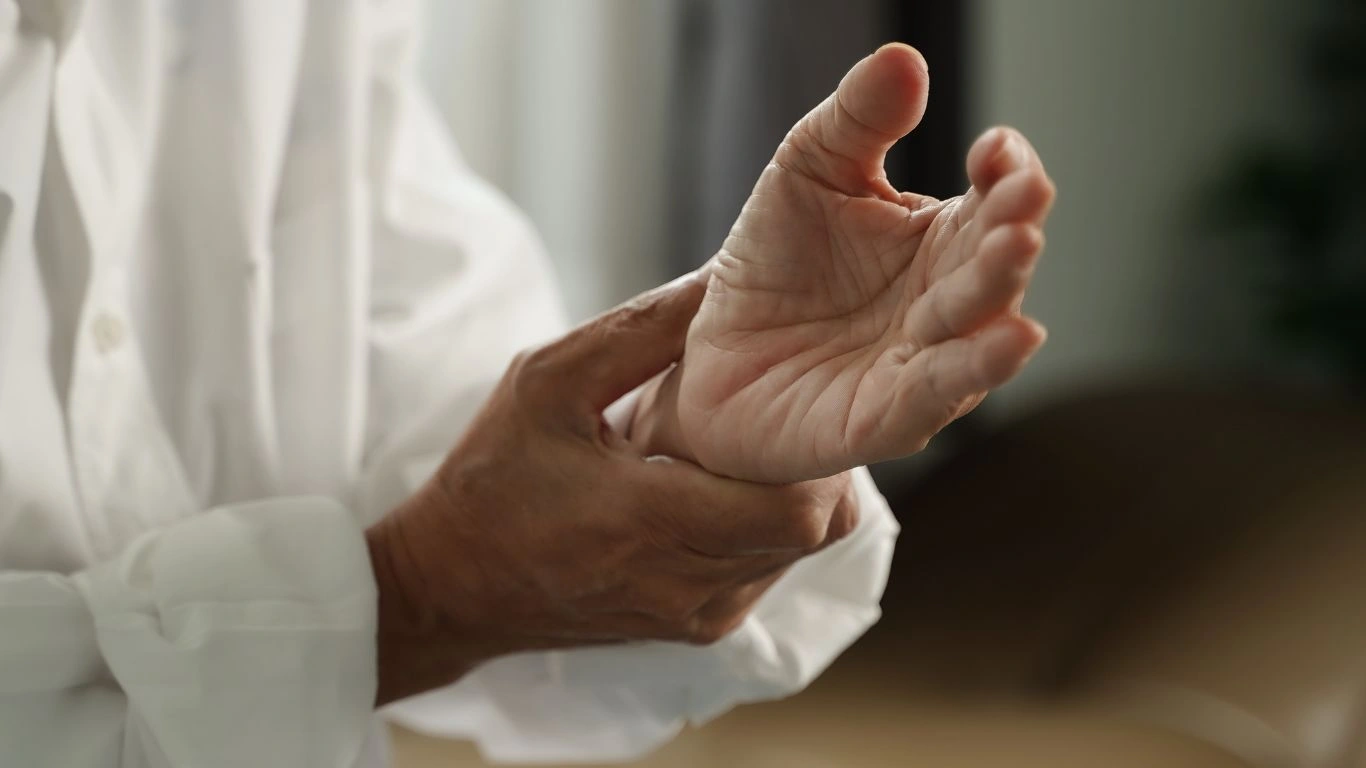
Hydration and Diet: The Connection
When it comes to managing rheumatoid arthritis, your diet and hydration go hand-in-hand. The foods you eat can either support your hydration efforts or work against you. In my practice, I’ve noticed that patients who eat more whole foods, like fruits and vegetables, and reduce their intake of processed foods, tend to have better hydration levels overall. So, let’s talk about how food choices can impact your hydration and joint health.
1. Fruits and Vegetables
Did you know that many fruits and vegetables are naturally hydrating? Foods like watermelon, cucumbers, oranges, and strawberries are high in water content, and adding these to your diet can help with hydration. Plus, these foods are packed with vitamins, antioxidants, and other nutrients that can support your immune system and help manage inflammation. I encourage my patients to eat a variety of hydrating foods, as they can add extra nutrition while also contributing to hydration levels.
2. Anti-Inflammatory Foods
Rheumatoid arthritis is all about managing inflammation, and certain foods can help with that. Omega-3 fatty acids, found in foods like salmon, chia seeds, and flaxseeds, are great for fighting inflammation. So is turmeric, which contains curcumin—an anti-inflammatory compound. By incorporating these foods into your diet, you’re not just hydrating, you’re also fueling your body with the nutrients it needs to combat the inflammation that RA causes.
3. Avoiding Dehydrating Foods
Just as there are foods that promote hydration and reduce inflammation, there are also foods that can dehydrate your body. Processed foods, salty snacks, and alcohol can all contribute to dehydration, making it harder for your body to stay hydrated. I always recommend cutting back on processed foods high in sodium, as they can also contribute to joint pain and swelling. Alcohol, while okay in moderation, can also contribute to dehydration, so it’s important to balance your intake and stay mindful of its effects on your hydration levels.
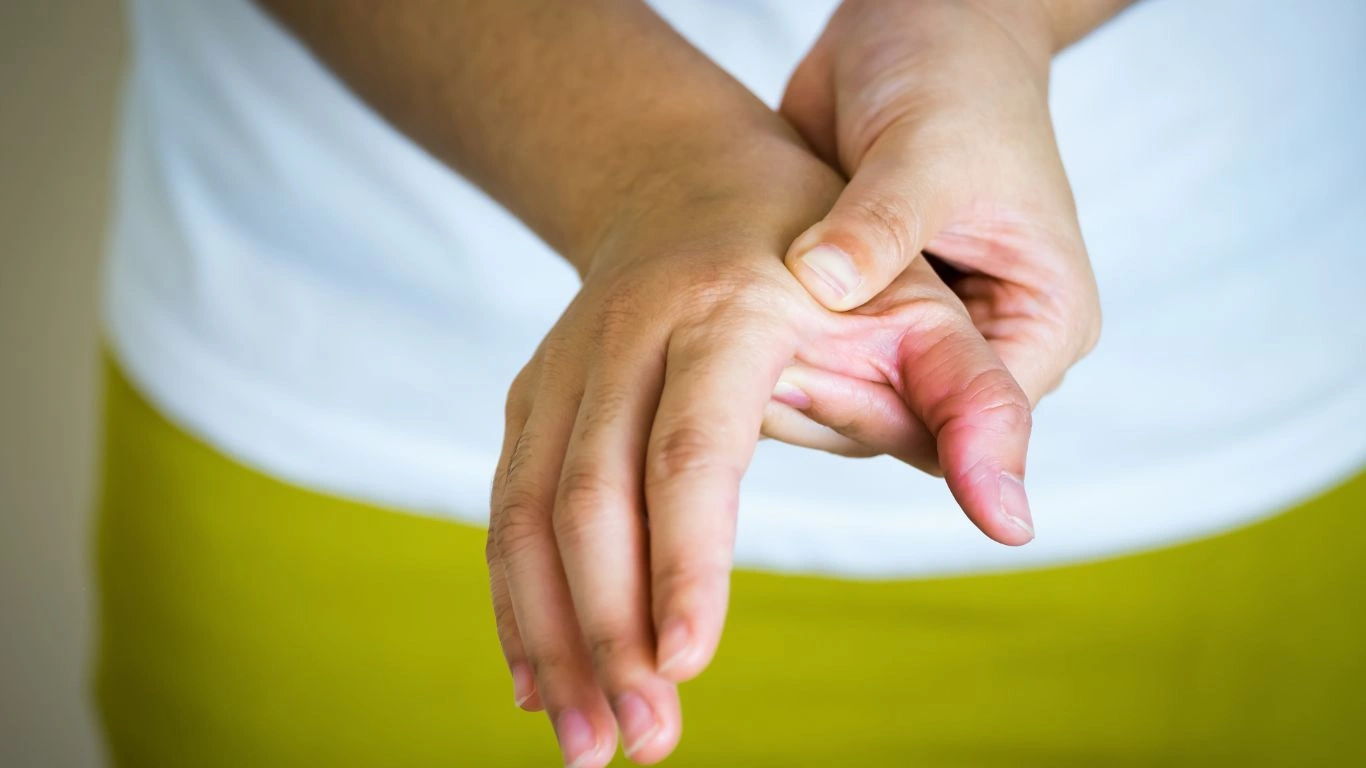
Integrating Hydration with Other RA Management Strategies
As we wrap up this article, I want to emphasize that staying hydrated is just one part of the puzzle when it comes to managing rheumatoid arthritis. While proper hydration can undoubtedly make a significant difference in how you feel, it’s essential to think about hydration as part of a larger, holistic approach to RA management. As someone who’s worked with countless patients over the years, I can tell you that a comprehensive approach often yields the best results. Let’s talk about how hydration fits into the broader picture of managing RA.
1. Medications and Hydration
For many RA patients, medications are a crucial part of treatment. While hydration can help to reduce joint pain and inflammation, it’s also important to keep in mind that some medications, like NSAIDs and certain disease-modifying antirheumatic drugs (DMARDs), can affect hydration levels in the body. These medications can sometimes lead to side effects like fluid retention or increased urination, both of which can impact your hydration status. It’s essential to speak with your doctor about how your specific medications may interact with your hydration efforts. Keeping your hydration levels in check can complement the effectiveness of these treatments, but it’s a delicate balance.
2. Exercise and Hydration
Exercise is another key component of RA management. While I know it can be difficult for many patients to stay active due to joint pain and stiffness, physical activity has been shown to help improve flexibility, reduce inflammation, and improve overall quality of life. But here’s the thing: exercise increases fluid loss through sweat, making it even more important to stay hydrated during and after a workout. Whether it’s a gentle walk or a more rigorous workout, don’t forget to drink water before, during, and after your exercise session. This can help to prevent dehydration and support your body as it works to manage RA symptoms.
3. Rest and Recovery
When you’re living with rheumatoid arthritis, rest and recovery are just as important as hydration and exercise. Joint pain can be particularly tough on your body, and sometimes your body needs time to heal and recharge. Hydration plays a significant role here too. When you’re well-hydrated, your body is better equipped to handle the natural healing processes. Proper hydration helps to flush out toxins, supports cellular repair, and provides the nutrients your muscles and joints need to recover from a day of exertion. So while you’re resting, be sure to continue drinking water or other hydrating fluids to support your body’s recovery efforts.
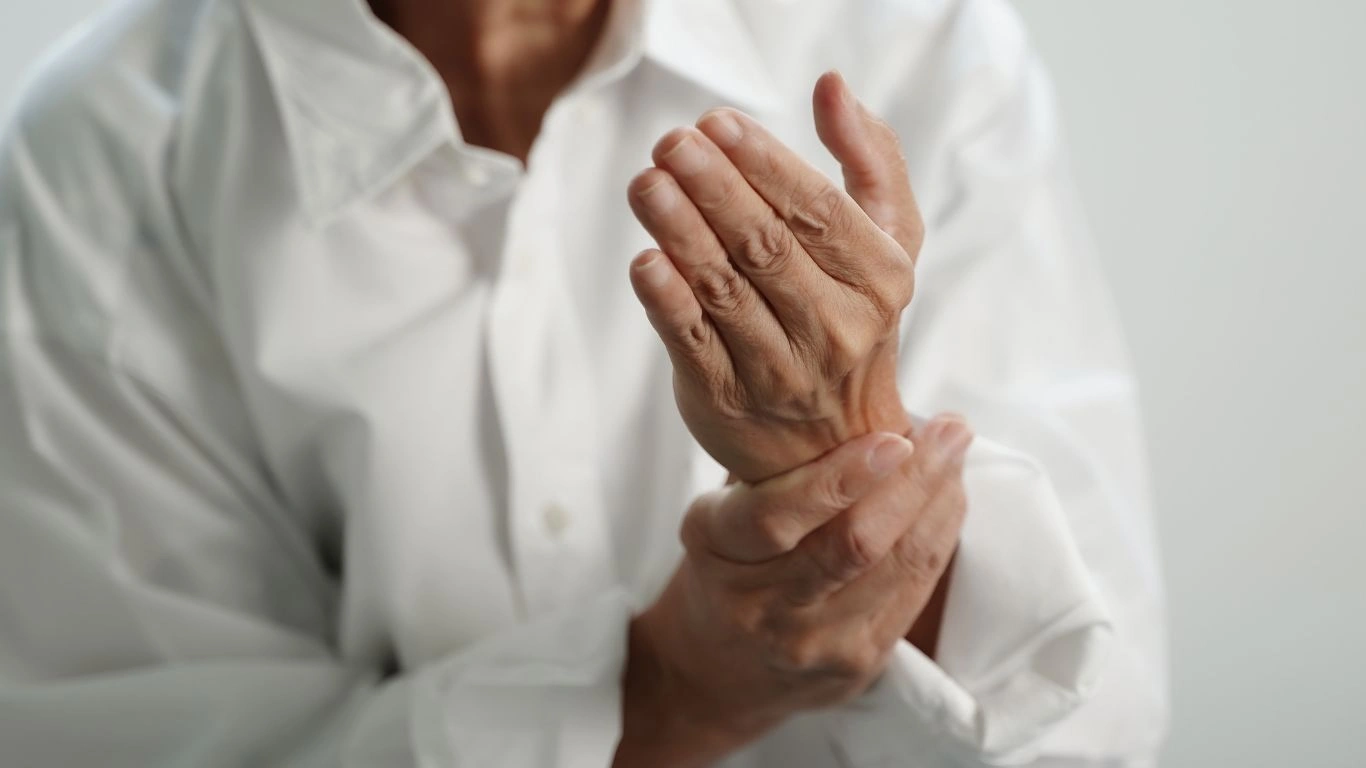
Hydration and Lifestyle: Small Changes That Add Up
Beyond the obvious hydration tips, there are some lifestyle changes that can make it easier to incorporate more hydration into your daily life. As a nurse practitioner, I’ve seen firsthand how little adjustments can lead to big improvements in managing rheumatoid arthritis. Here are a few strategies that my patients have found helpful for maintaining consistent hydration levels:
1. Create a Hydration Routine
Incorporating hydration into your daily routine can help ensure you’re consistently getting enough water. For example, try drinking a glass of water first thing in the morning before you start your day. It’s a great way to jumpstart your metabolism and set a positive tone for the rest of the day. I’ve found that patients who make drinking water a ritual—whether it’s after waking up, before meals, or during breaks at work—are far more likely to meet their hydration goals.
2. Eat Hydrating Foods During Meals
Another easy way to boost hydration is by adding hydrating foods to your meals. Many fruits and vegetables, such as cucumbers, melons, and oranges, have a high water content and can make a difference in your hydration levels. You can include these in salads, smoothies, or even as side dishes to your main meals. It’s an easy way to stay hydrated without feeling like you’re forcing yourself to drink more water.
3. Track Your Hydration Progress
If you’re the type of person who likes to track progress, why not do the same with hydration? Keeping a log or using an app to track how much water you’re drinking can help you stay on track. It’s easy to lose track of how much water you’ve consumed throughout the day, but seeing your progress on paper or in an app can be motivating. Some patients even use hydration apps that send them reminders throughout the day, which helps them stay consistent. I’ve seen many people find success with this method, and it’s a simple way to stay on top of your hydration goals.
Sometimes, having a hydration buddy can make all the difference. Having someone to share your hydration goals with not only provides accountability but can also make the process more fun. Whether it’s a friend, family member, or even a fellow RA patient, having someone to check in with can keep you motivated. I’ve had patients who made a game of it—whoever drank the most water throughout the week got a small reward! It doesn’t have to be complicated, just something to help you stay on track.
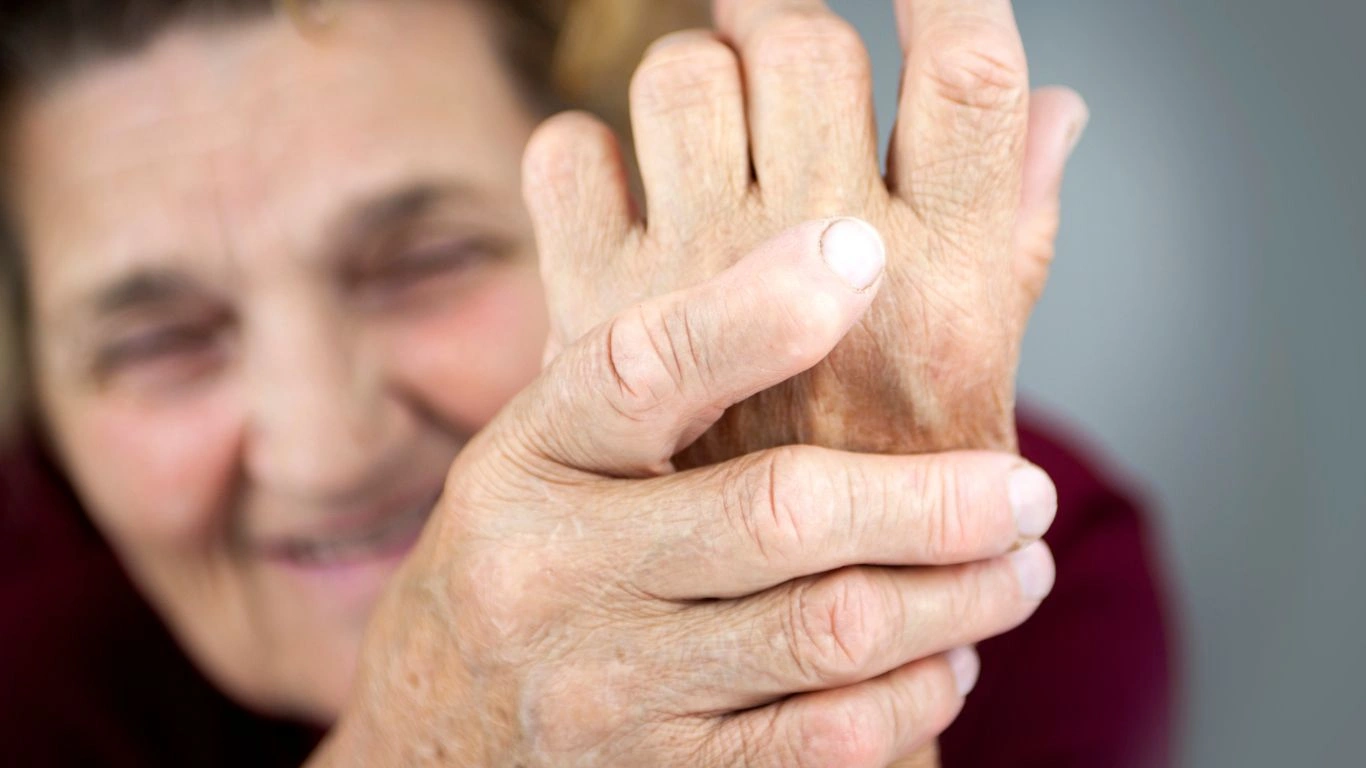
Resources for RA Management
If you’re looking for additional resources to help you manage rheumatoid arthritis, there are plenty of organizations that can provide more in-depth information. Here are a few websites that I trust and frequently recommend to my patients:
- Health.com – A great resource for general health advice and tips for managing chronic conditions.
- National Institutes of Health (NIH) – Provides the latest research and evidence-based information on rheumatoid arthritis.
- American College of Rheumatology – An organization dedicated to improving the care of people with arthritis and related conditions.
- Healthline – Offers a range of articles, including expert-reviewed content on managing joint pain and inflammation.
Disclaimer
The information in this article is for informational purposes only and is not intended to replace professional medical advice, diagnosis, or treatment. Always consult with your healthcare provider before making changes to your treatment plan, including adjustments to hydration or dietary habits. Hydration is just one part of managing rheumatoid arthritis, and it’s essential to work with your doctor to create a personalized care plan.

Tarra Nugroho is a dedicated Nurse Practitioner with a strong foundation in family and preventive care. She brings both compassion and clinical expertise to her practice, focusing on patient-centered care and health education. As a contributor to Healthusias.com, Tarra translates medical knowledge into clear, empowering articles on topics like women’s health, chronic disease management, and lifestyle medicine. Her mission is simple: help people feel seen, heard, and informed—both in the clinic and through the content she creates. When she’s not caring for patients, Tarra enjoys weekend hikes, plant-based cooking, and curling up with a good health podcast.
